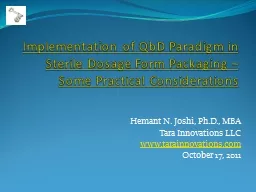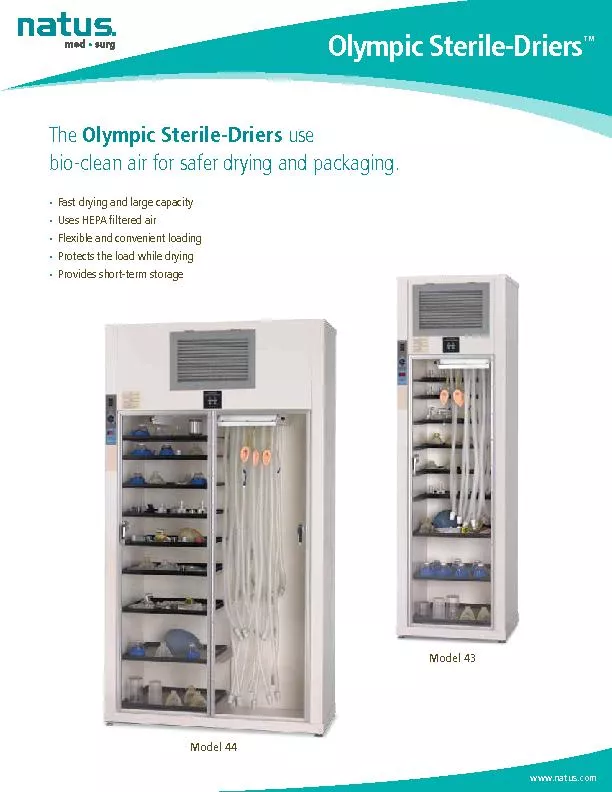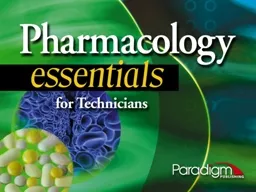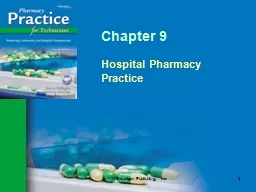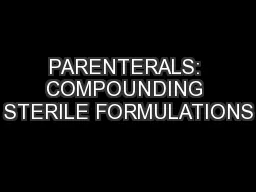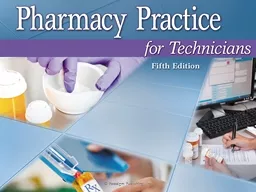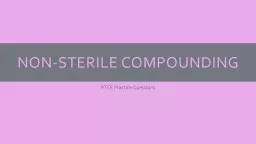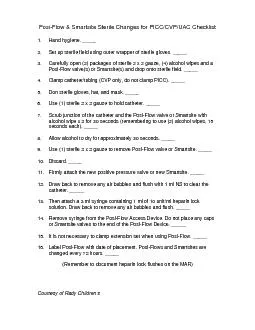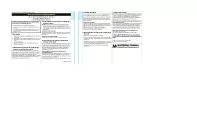PPT-Implementation of QbD Paradigm in Sterile Dosage Form Packa
Author : myesha-ticknor | Published Date : 2016-07-20
Hemant N Joshi PhD MBA Tara Innovations LLC wwwtarainnovationscom October 17 2011 Quality by Design QbD is a systematic approach to development that begins with
Presentation Embed Code
Download Presentation
Download Presentation The PPT/PDF document "Implementation of QbD Paradigm in Steril..." is the property of its rightful owner. Permission is granted to download and print the materials on this website for personal, non-commercial use only, and to display it on your personal computer provided you do not modify the materials and that you retain all copyright notices contained in the materials. By downloading content from our website, you accept the terms of this agreement.
Implementation of QbD Paradigm in Sterile Dosage Form Packa: Transcript
Download Rules Of Document
"Implementation of QbD Paradigm in Sterile Dosage Form Packa"The content belongs to its owner. You may download and print it for personal use, without modification, and keep all copyright notices. By downloading, you agree to these terms.
Related Documents

